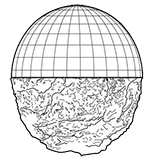Ceci n’est pas une ville
Louvain-la-Neuve BE | Réappropriations | 2023
The installatin Ceci n’est pas une ville - consiting in a capriccio of 160x160cm and a research booklet - has been conceived for the Institut culturel d’architecture Wallonie-Bruxelles (ICA) and the research group super-positions (Chiara Cavalieri, Beatrice Lampariello and Giulia Marino, with Emilie Bechet et Pietro Manaresi) for the invitation to contribute to the installation of the LOCI faculty and the LAB institute within the exhibition ‘Réappropriations’, which is held at the Halles universitaires in Louvain-la-Neuve as part of the event Temps d’archi #8 from the 2nd October 2023 to the 26 November 2023.
____
An urban dream came true in the 1970s: that of a settlement that rejected the established principle of the contemporary city centred on automobile flows in favour of a living environment capable of harmonizing cultural production, leisure, and daily activities. Immersed in nature, this is Louvain-la-Neuve, with its urban fabric punctuated by monuments, striking a new ahistorical balance. This dream, with its references and timeless atmosphere, was initially depicted in 1997 by Jean-Marc Collier in the form of a capriccio, a mural for the house of the man who contributed the most to the construction of Louvain-la-Neuve, Michel Woitrin. Many years after the realization of this dream and its representation, it is now time to question the legacy of this settlement and re-examine its conceptual foundations, on the basis of the capriccio. The goal is to uncover Louvain-la-Neuve’s hidden relationship with its references and contemplate its potential future, in a dimension suspended between reality and fiction: “Ceci n’est pas une ville”, as René Magritte might have written. Thanks to the transfiguration of mural painting into digital collage, the appearance of the city reveals its paradisiacal essence, animated by fantastical animals, constructed through the superimposition of pieces amidst an idyllic nature, inhabited by the personalities who contributed to its construction and establishment as a hub of research and education. Today, this settlement welcomes new buildings that unveil its roots in medieval fabrics and its monumental origin in Renaissance Florence; it spreads across the territory, assimilating nature; it is inhabited by forgotten, transfigured, or protected buildings; it is perforated to reveal its structure and infrastructure; it is powered by cutting-edge technologies benefiting both humans and non-humans in a new environmental equilibrium; finally, this settlement, with its “platform” suspended above the lake, presents itself as the “Raft of the Medusa” for those who, with passion and enthusiasm, study and work for a different future.
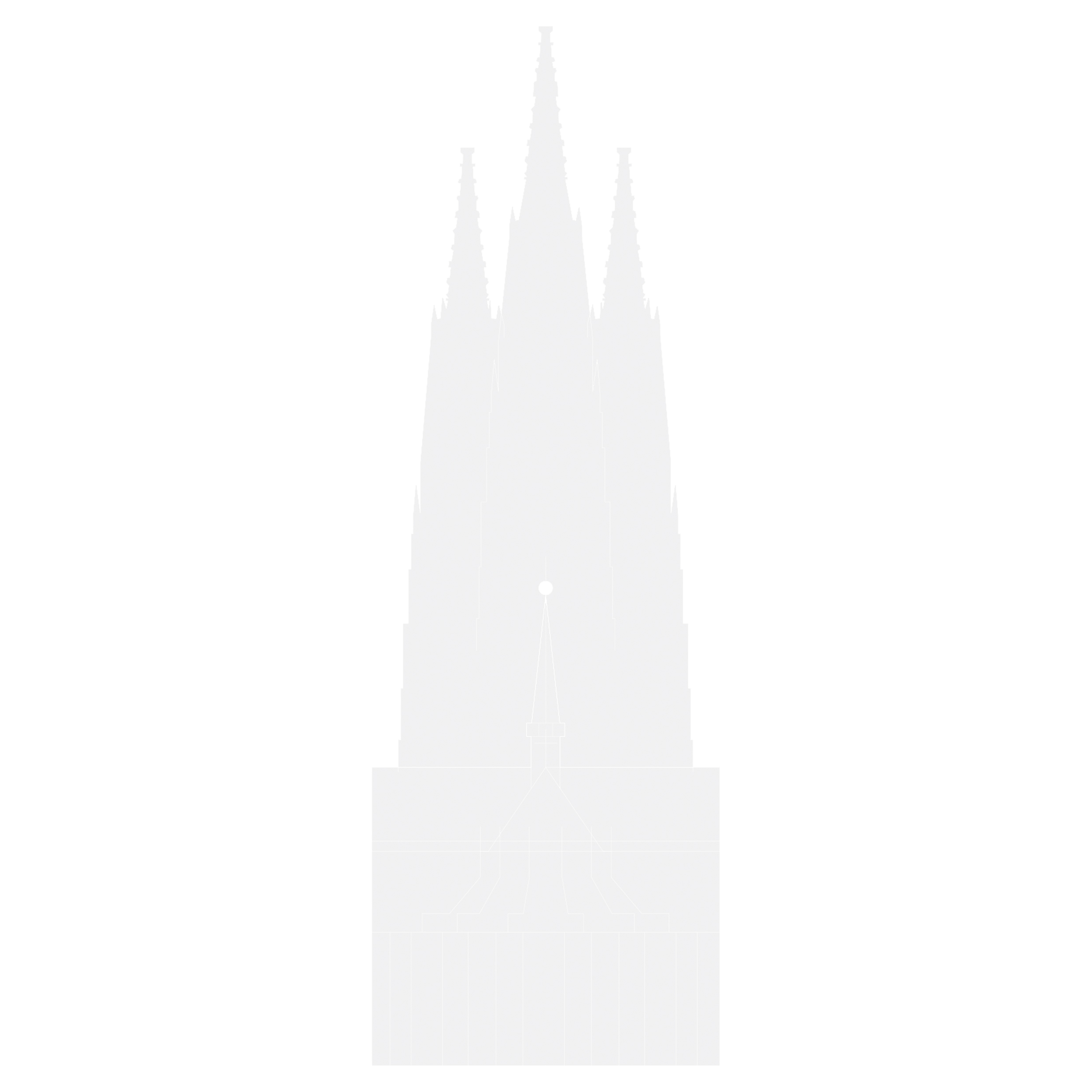
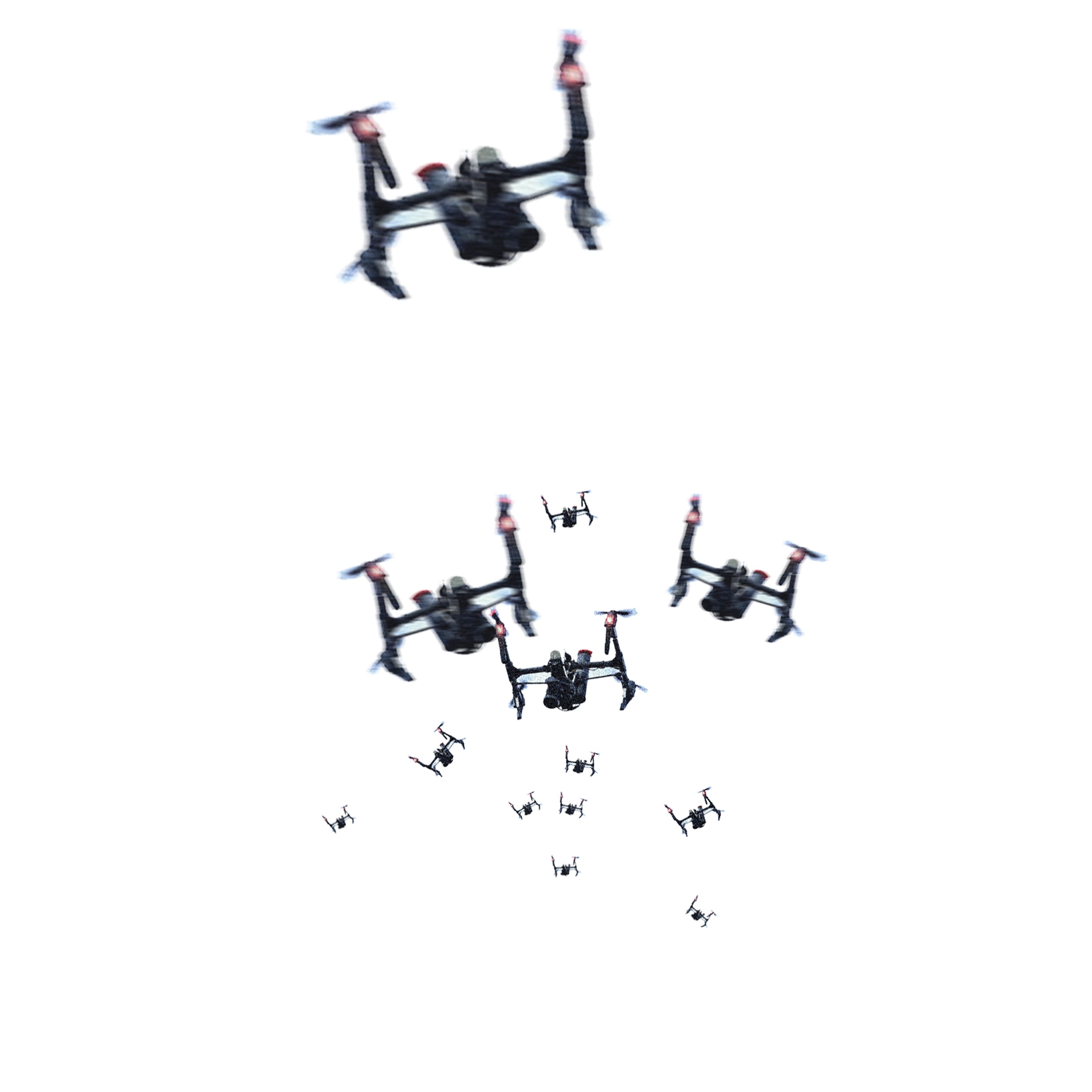

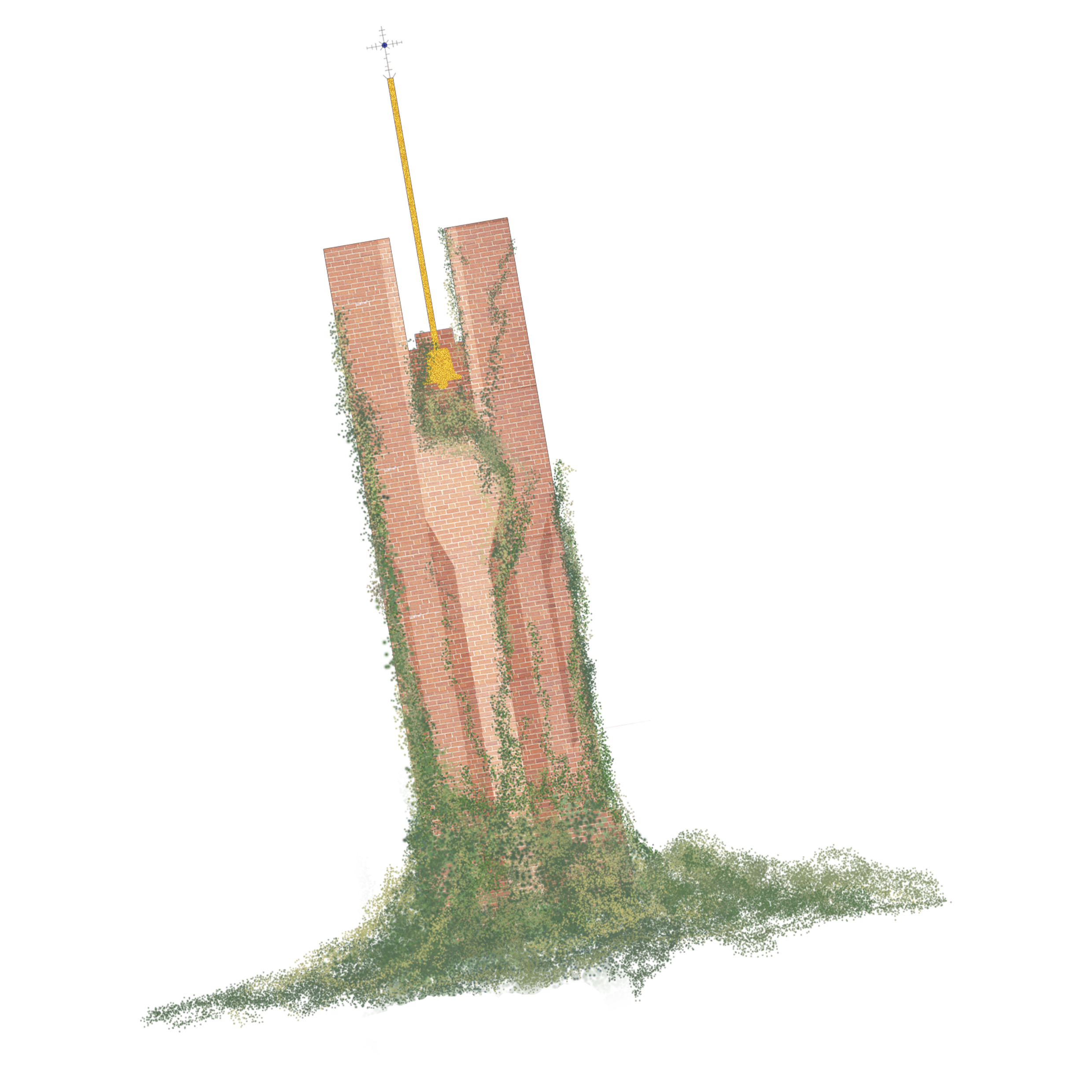
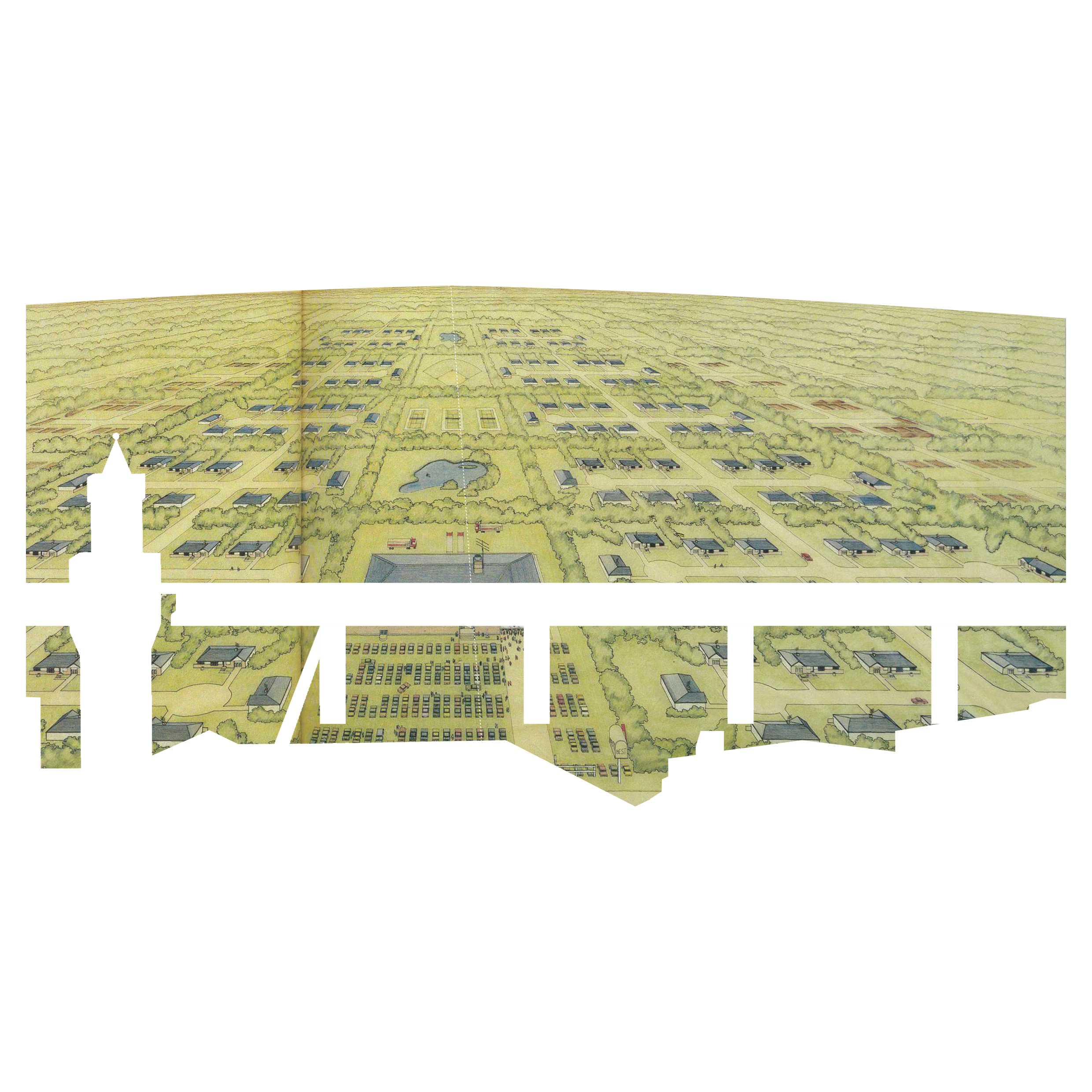
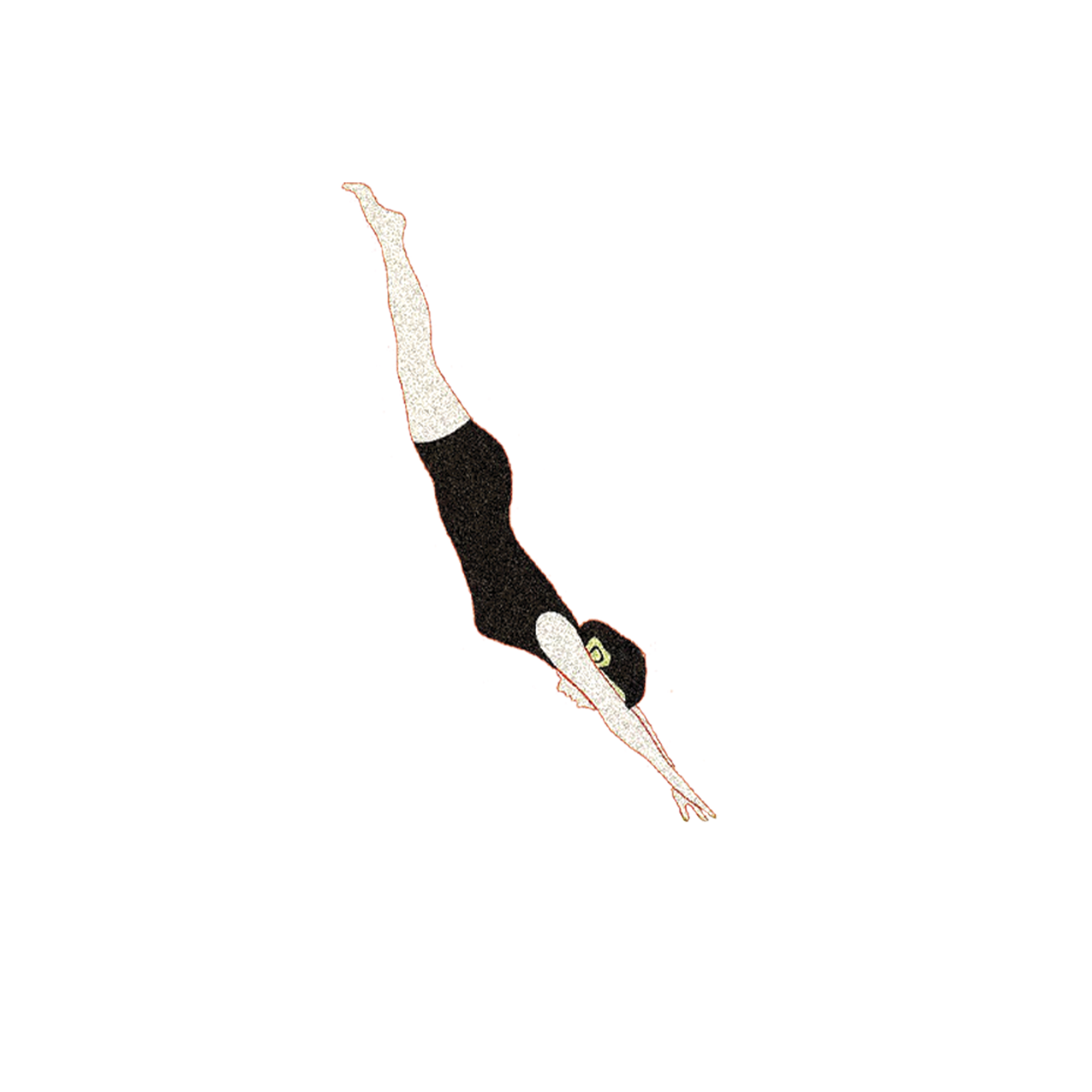
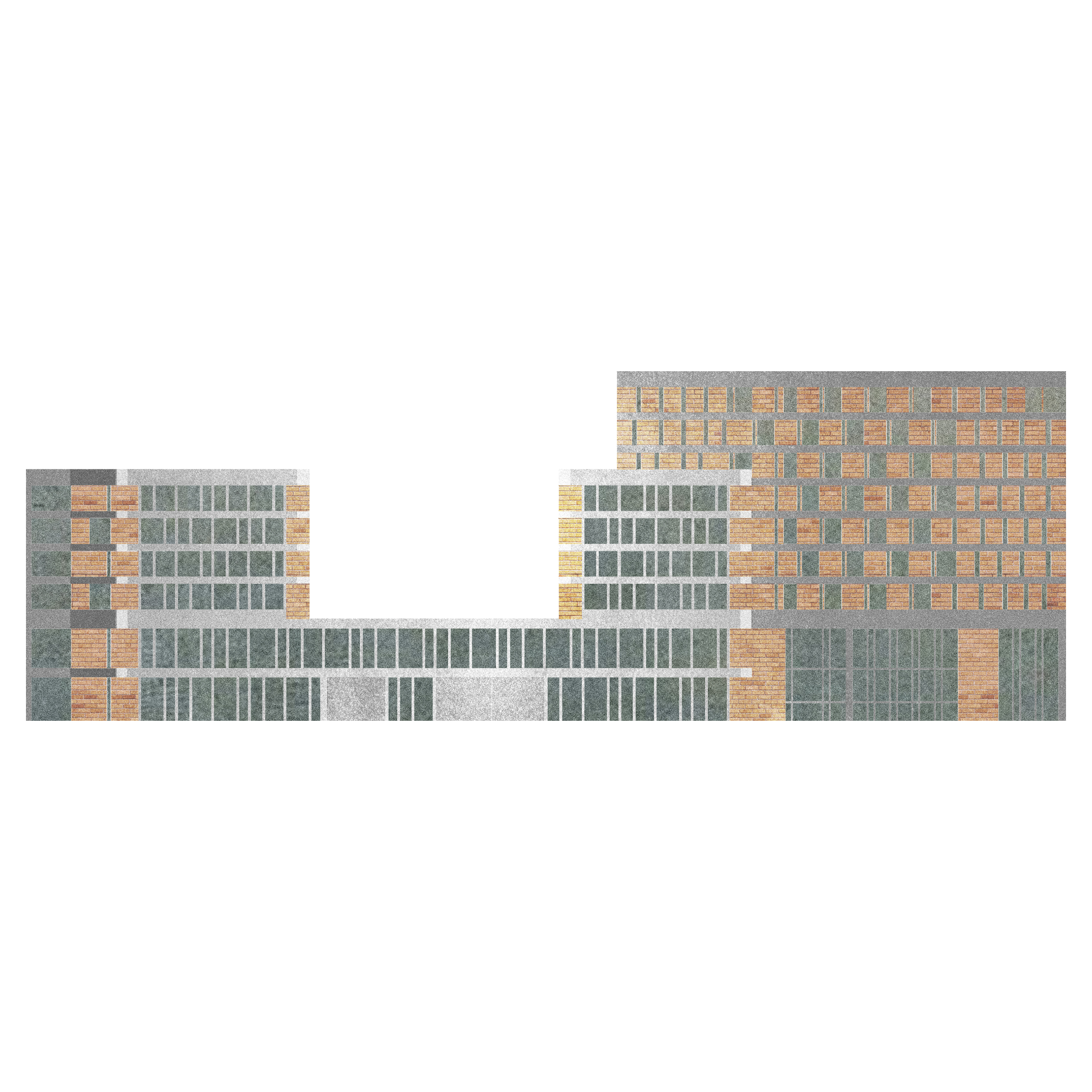
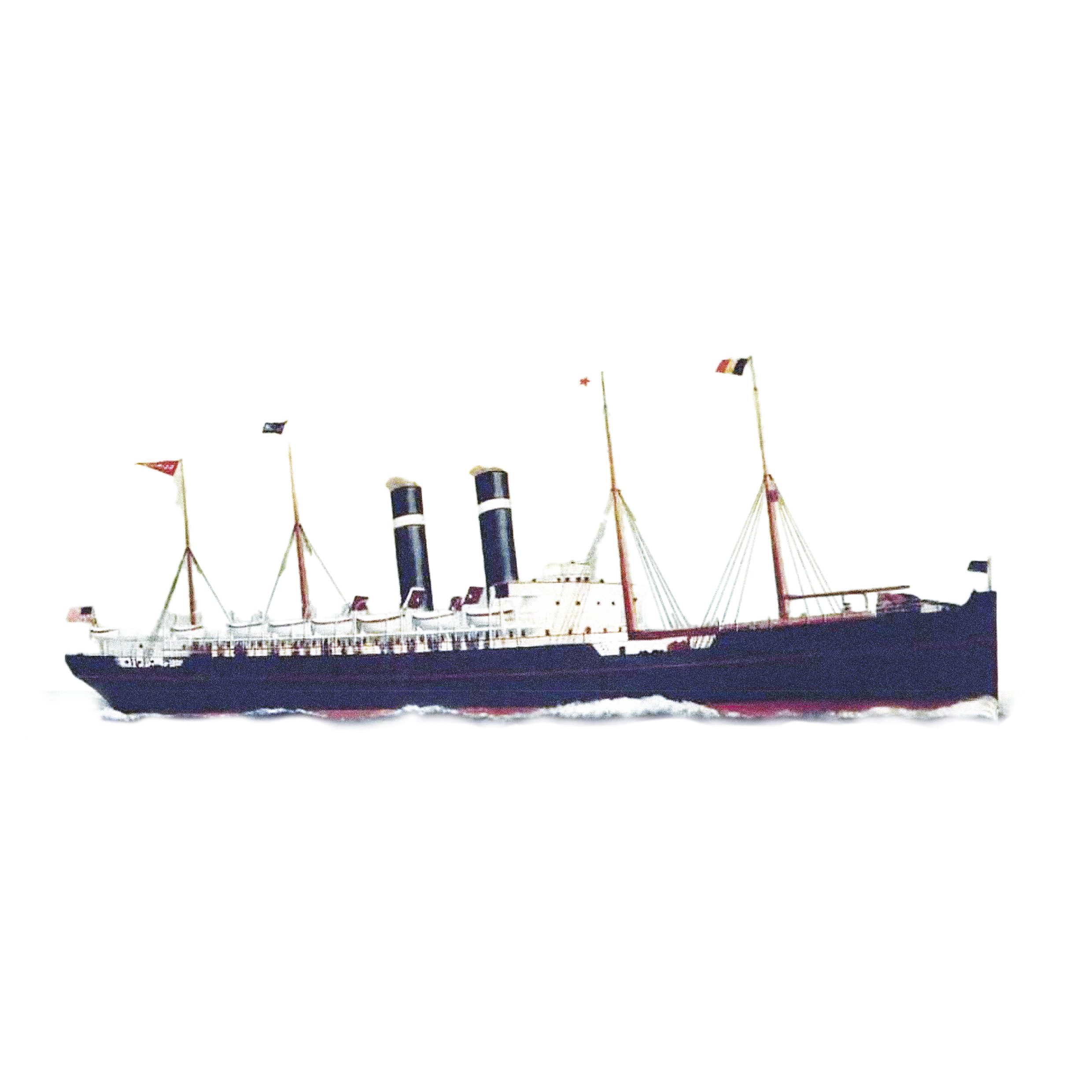
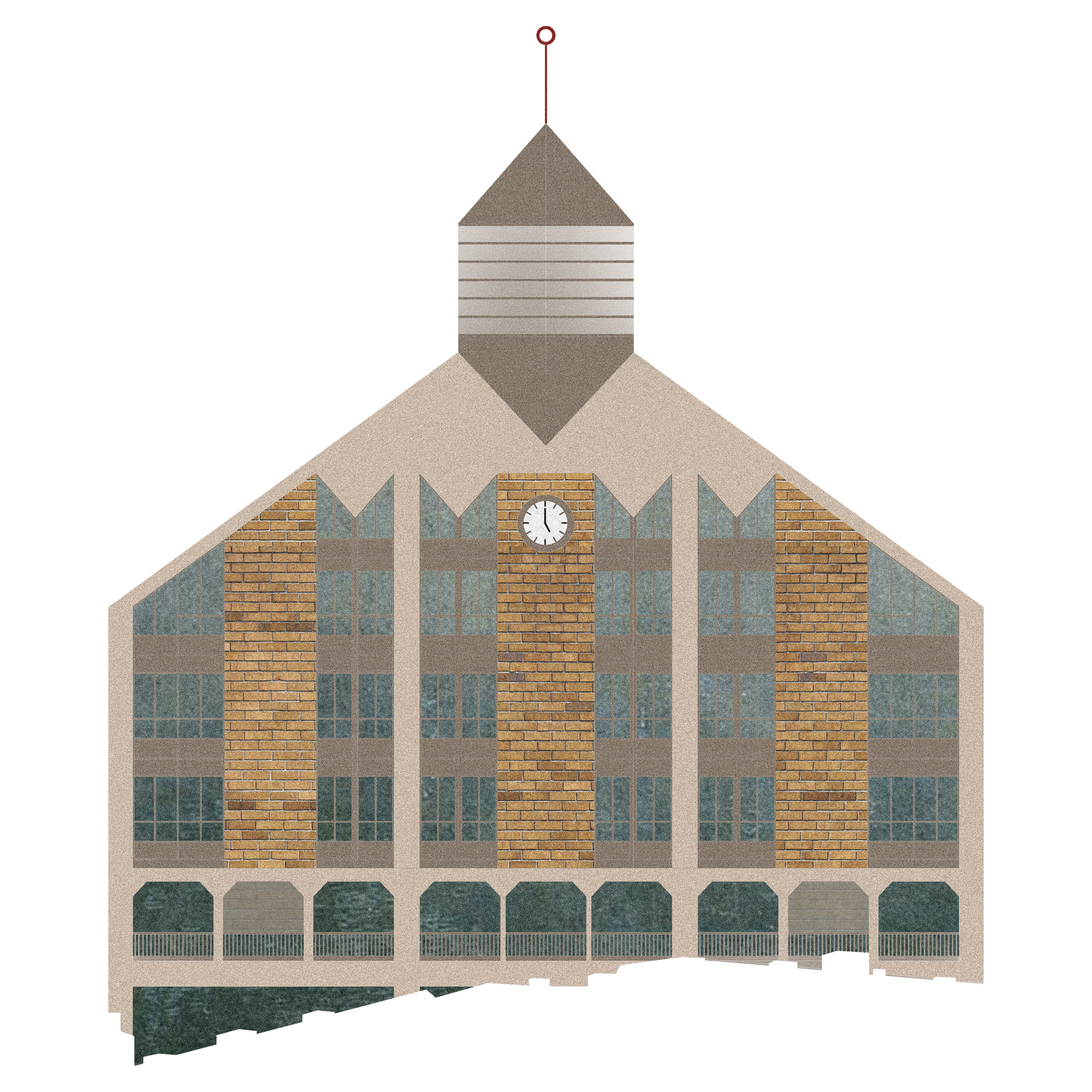
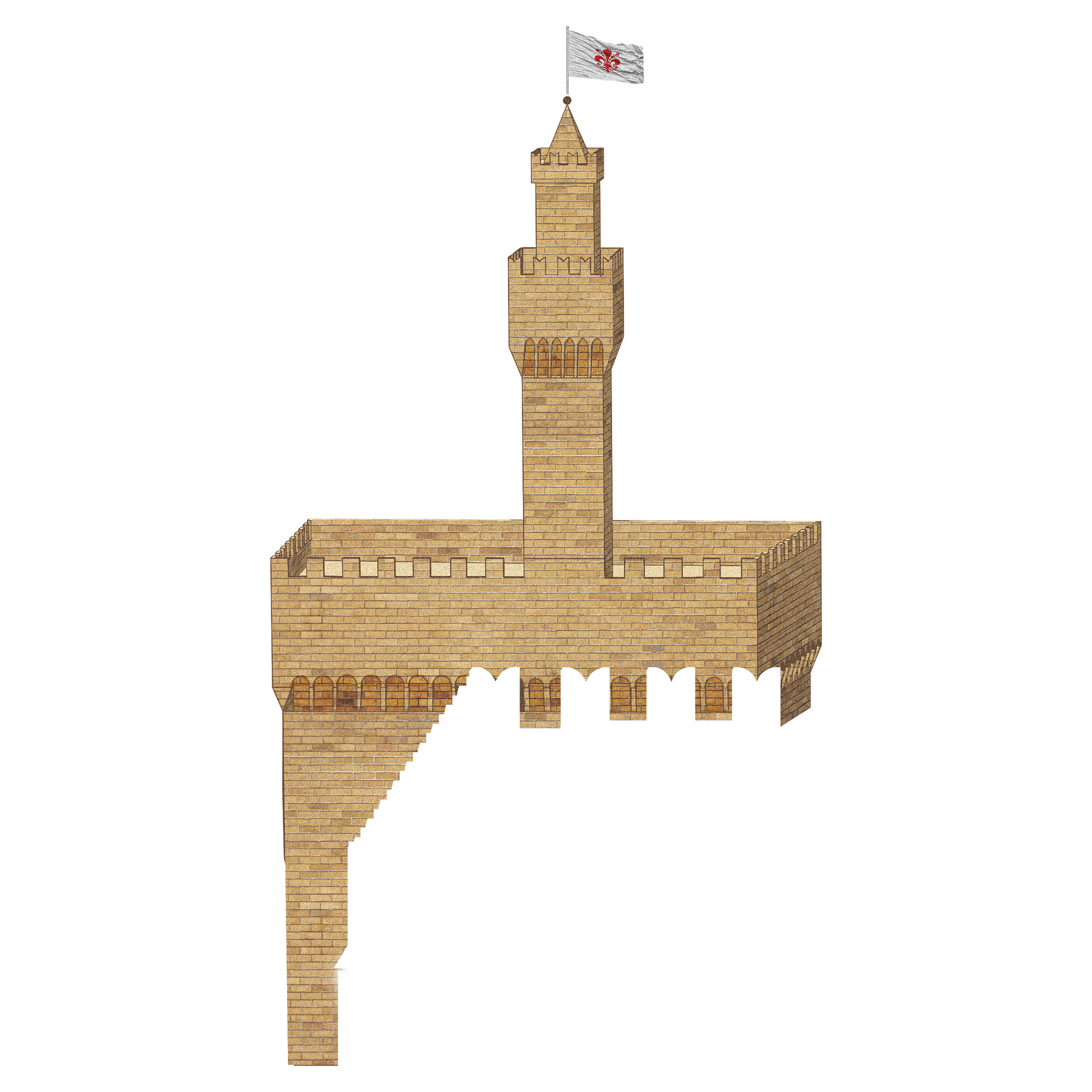





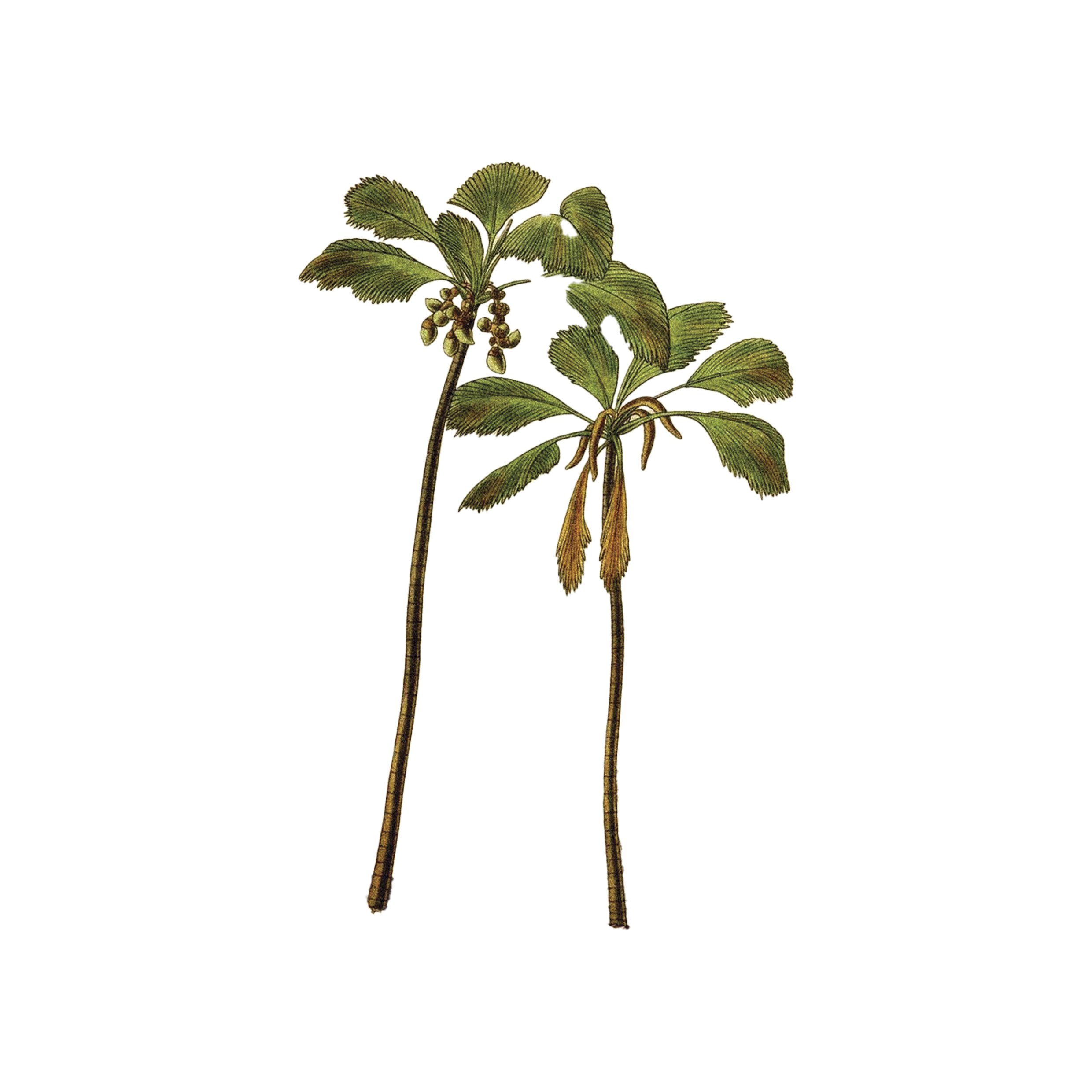
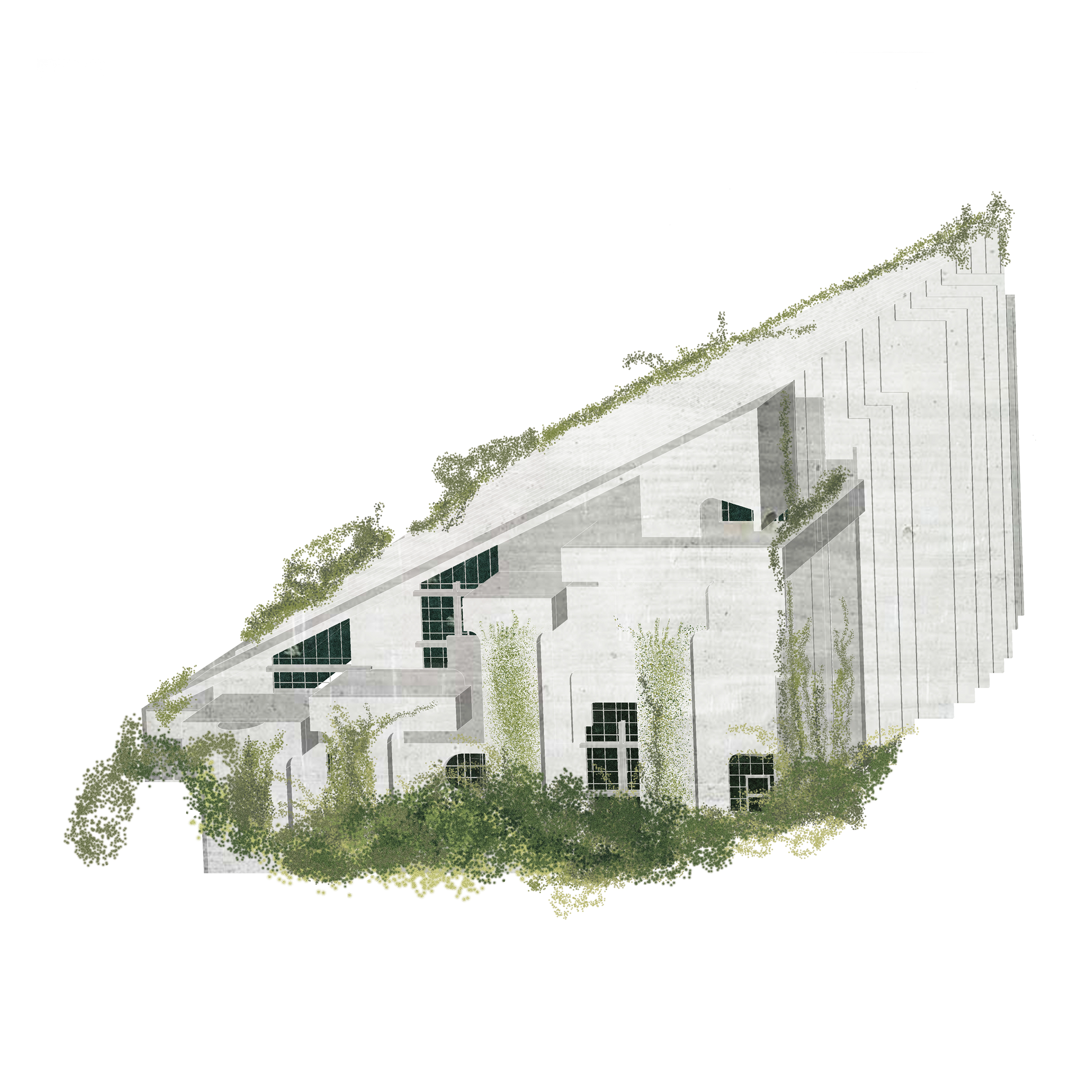
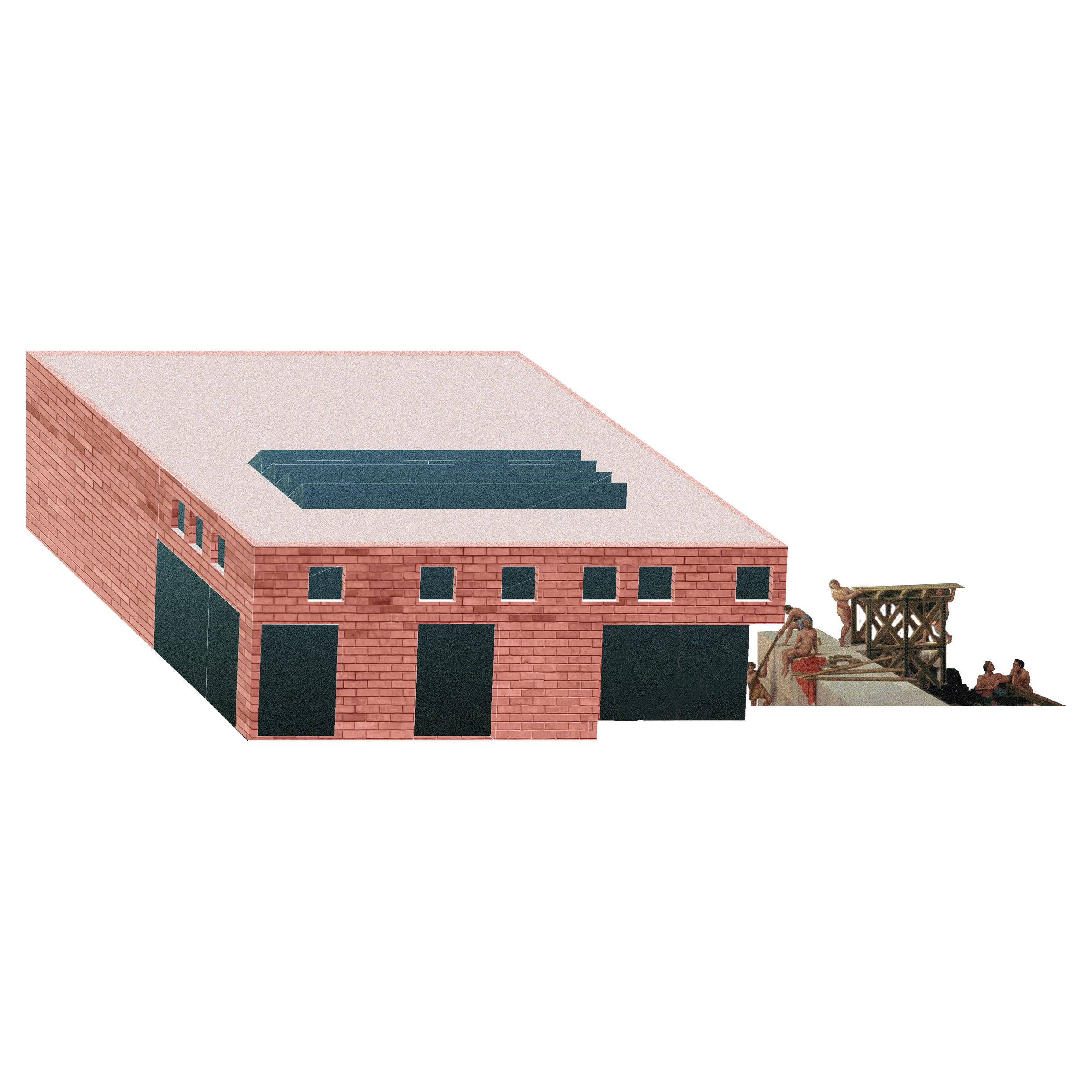
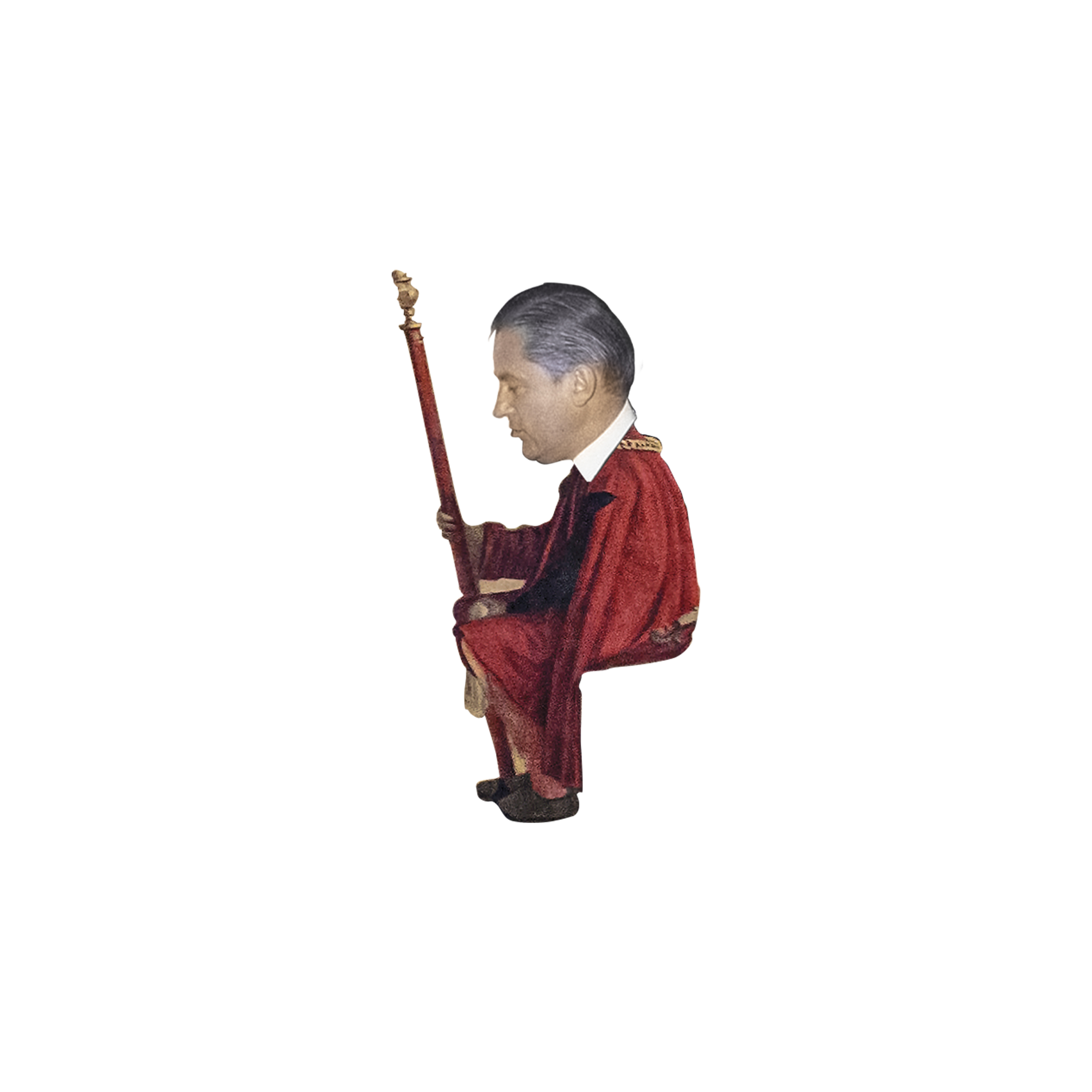

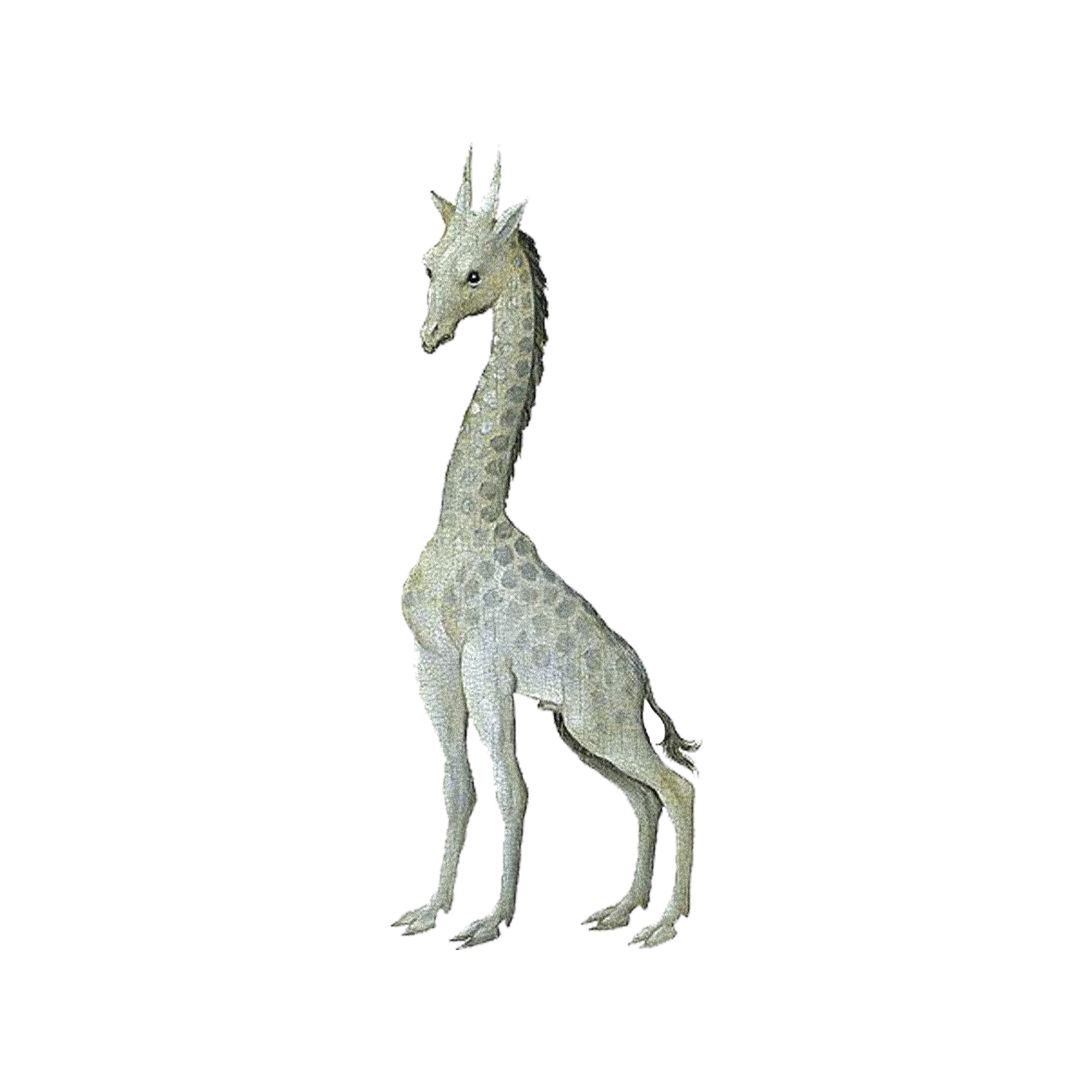

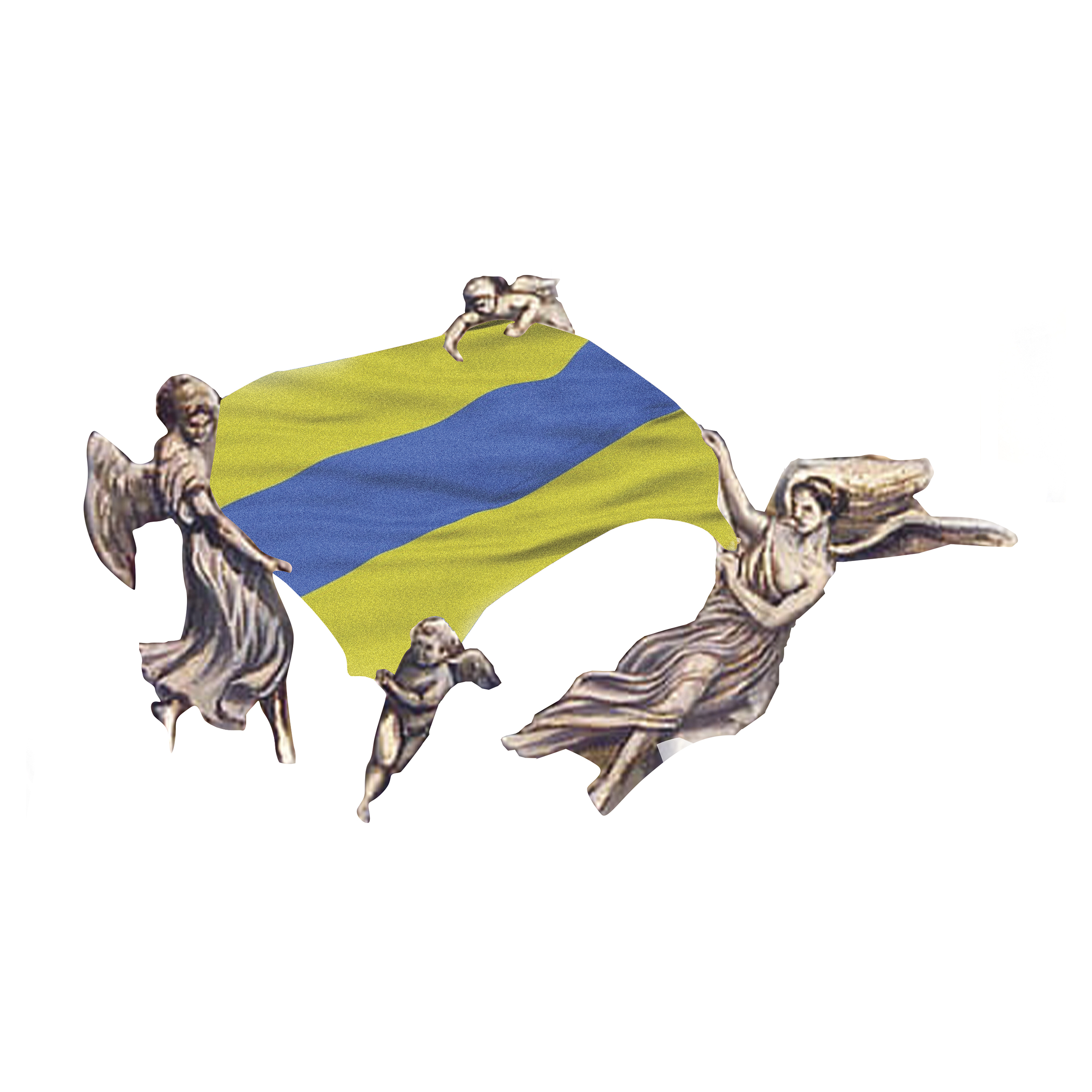
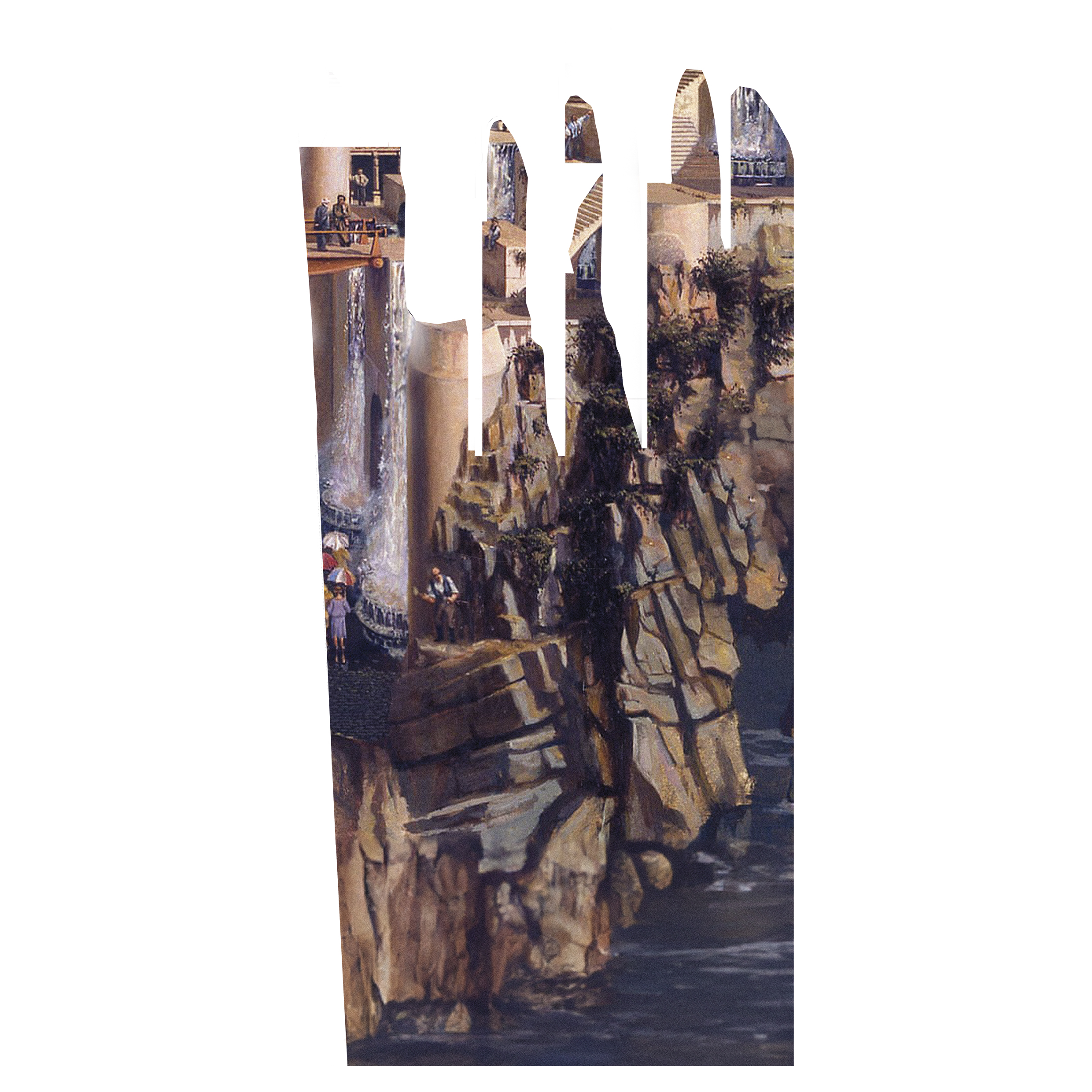


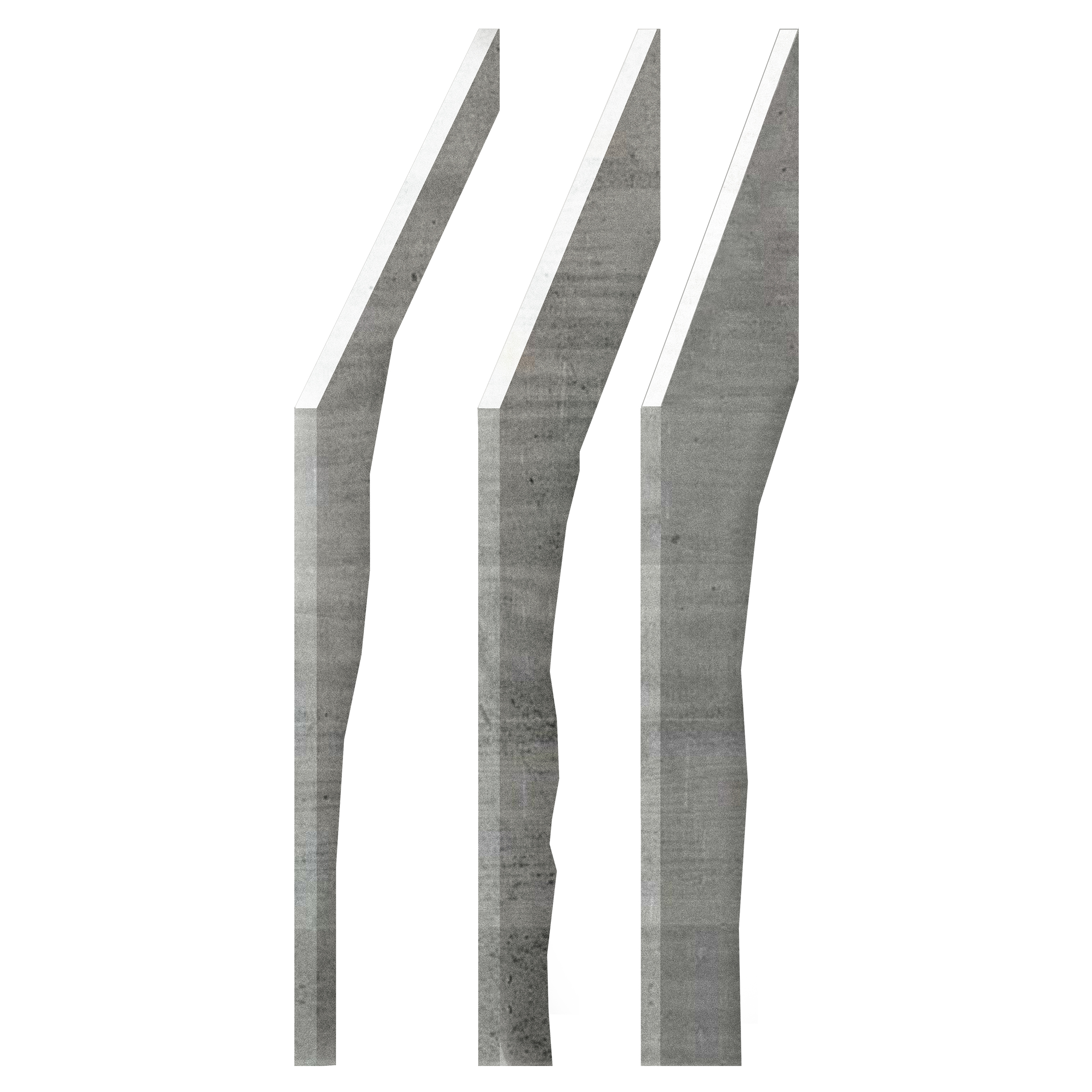
Fragments
1.The three unfinished towers of St Peter's Church, Leuven, 1507
2. Drones from the Louvain Georadar Research Centre, Earth and Life Institute, Université catholique de Louvain
3. Fragment of the Lauzelle farmhouse (12th century), dedicated to research, teaching, and service to society
4. Fragment of Jean Cosse, Saint-François d'Assise church (1975-1983), represented abandoned
5. Fragment of Stanley Tigerman, “The Best Home of All”, 1979
6. Fragment of “Sutro Baths & Museum”, brochure cover, California Historical Society, 1923
7. Archipelago, China Belgium Technology Center, 2017-2019
8. Fragment of Antonio Jacobsen, “SS Kroonland”, 1903
9. Gabriel Epstein and Roger Thirion, Collège Albert Descamps (1976-1980)
10. Arnolfo di Cambio, Palazzo Vecchio, Florence (1299-1314), moves to the Place de l’Université
11. Fragment of Sandro Botticelli, “Primavera”, 1480 ca. The dance of the three Graces of Splendour, Joy and Abundance
12. Cardboard fragment of the Baptistery of San Giovanni (1059-1128), Florence
13. Fragment of Charles Vandenhove and Emile José Fettweis, Halles Agro (1972-1975), protected by a transparent globe
14. Yves Lepère, Halles Universitaires (1972-1976), transfigured into a gilded castle
15. King fan-tail (Onychorhynchus coronatus) from the tropical forests of South America
16. Cocoa nut trees from the island of Seychelles illustrated by William Jackson Hooker on an engraving by Joseph Swan. From “The Botanical Magazine”, 1827
17. Carcass by André Jacqmain, Atelier d'Architecture de Genval, Musée L (1969-1973) and its structure of parallel walls
18. Ouest architecture, Atelier Théâtre Jean Vilar (2015-) under construction by the workers of August Wilhelm Julius Ahlborn, “Blick in Griechenlands Blüte” (after Karl Friedrich Schinkel), 1836
19. Michel Woitrin, general administrator of the Université catholique de Louvain between 1963 and 1984
20. Fragment of Alexandre Cabanel, “The birth of Venus”, 1863
21. Fragment of Hieronymus Bosch, “The Garden of Earthly Delights”, 1490-1510
22. Fragment of Christoffer Wilhelm Eckersberg, The Israelites resting after crossing the Red Sea, 1816. Moses separates the grey waters from the black waters
23. Flag of Ottignies-Louvain-la-Neuve, supported by angels by Carl Laubin
24. Fragment of Carl Laubin, perspective section of the Bracken House project in London, architect John Outram, 1987
25. Fragment by Madelon Vriesendorp, “Freud Unlimited”, 1976
26. The six Rectors of the Université catholique de Louvain (Edouard Massaux, Pierre Macq, Marcel Crochet, Bernard Coulie, Bruno Delvaux and Vincent Blondel)
27. The ideal walls that support the “dalle” of Louvain-la-Neuve)
